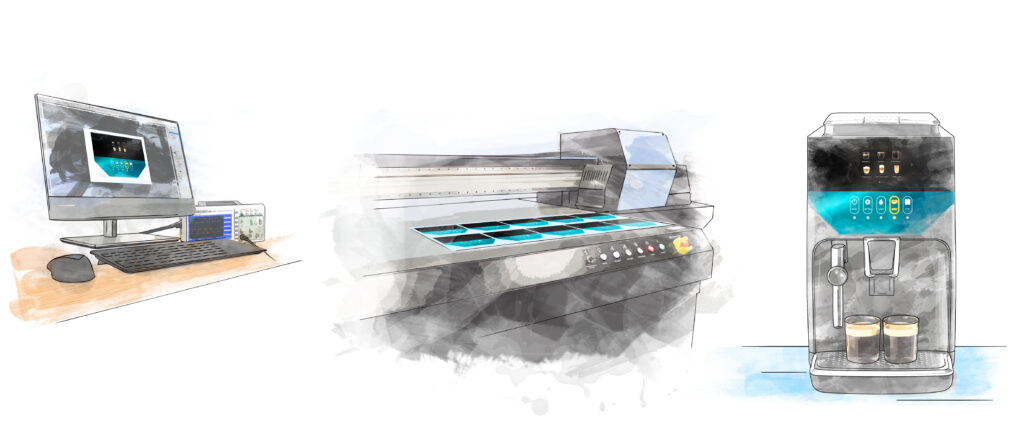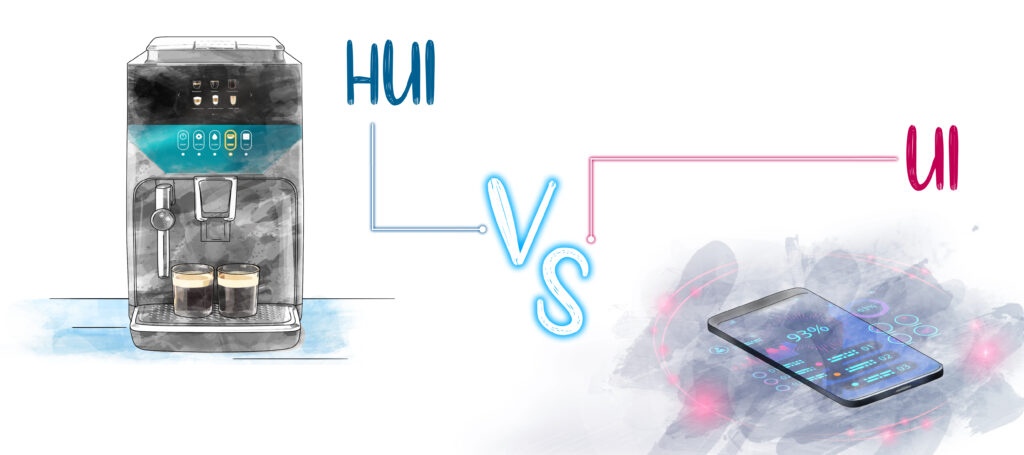UI (user interfaces) are visual software interfaces that allow humans and machines to interact and communicate. They can be found everywhere: websites, apps, machinery. They are made up of graphic elements and must correspond to a specific behavior that the user expects.
Example?
Apps are the quintessential UI. They are the tools we use every day to carry out actions and complete tasks with our smartphone and with the advent of digitization they have become so relevant that they have evolved extremely accelerated in the last decade.
In fact, with the disruptive arrival of Apple on the market, with its iconic Iphone and consequently the App Store, it has provided designers with a strong potential and low cost platform that have allowed them to develop great creativity, knowledge and create new professions. In doing so, the Cupertino company has forced all competitors to adapt to its many innovations.
Another fundamental aspect of the software is the UX (user experience): it is the set of sensations and memories that the user feels when dealing with an app, a website, an e-commerce, or with a specific brand.
[source]
UI and UX have assumed a central role in the use of the web. They are the way in which it is determined how long a user will remain on the platform he is using: the more attractive from a design and functional point of view it will be, the more time the users will be encouraged to stay.
The HUI (hardware user interface) on the other hand, is an interdisciplinary design field that models the physical connection between people and technology in order to create new hardware interfaces. The elements that make up this industry are: keyboards, buttons, switches, knobs, cursors, touch screens, as well as generically any input sensor.
They can be applied to different fields: in the automotive industry for example, the buttons on the steering wheel or on the dashboard to make it easier for drivers to use and distract them less, in the food industry for coffee, ice cream and beverage machines to make them easy to use and beautiful to look at, in the medical field, the machinery of specialist studies become simpler to use and to clean, in home automation the switches become touch.
Why hasn’t the evolution of the UI industry been accompanied by the evolution of the HUI world?
There are many reasons for this lack of development, below we analyze some key reasons. Unlike UIs, the hardware interfaces sector is extremely varied with higher development costs and no dedicated platforms to help designers in development.
Furthermore, in the electronic industrial chain, during the last 15 years, semiconductor companies have developed increasingly sophisticated chips for touch technology.
Unfortunately, the intermediaries in this supply chain who develop HUI have not managed to project this technology on the market due to the lack of some industrial innovations. In particular, the low reliability of touch technology compromised the design of the HUIs which proved to be unsatisfactory for replacing the mechanical interfaces still in use today.
Ultimately, the lack of a unified platform, such as a project that brings together technical reliability from an electronic point of view, with the processing of materials and industrial planning of the product from a design point of view, has not allowed HUI to develop at the better.

The different stages of HUI’s production: design, prototyping, production
At èlevit we are convinced that the HUI industry needs to innovate drastically. In fact, traditional mechanical buttons are obsolete technologies that have problems of wear and tear and limited design, mainly made with plastic materials.
Coffee machines, stereos, dashboards: every button, knob or switch can be redesigned thanks to touch technology. Efficient, fast and elegant, it can transform any object into a modern key.
Design and functionality. èlevit has filled this void by allowing the adoption of touch technology by companies that will finally be able to innovate, replacing buttons, switches and mechanical keyboards.
Our start-up brings together industrial design, interaction design and electronic engineering to elevate the aesthetic and technical aspects of physical interfaces to the highest level. The use of touchscreen technology combined with the simple and elegant glass material produces a result that can revolutionize the market.
èlevit is an innovative startup, established with the aim of bringing a new technology to the Hardware User Interface (HUI) market.


